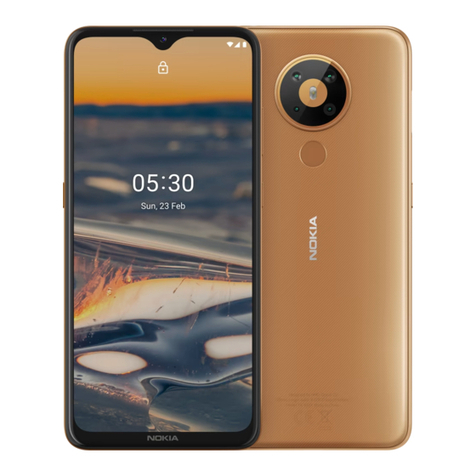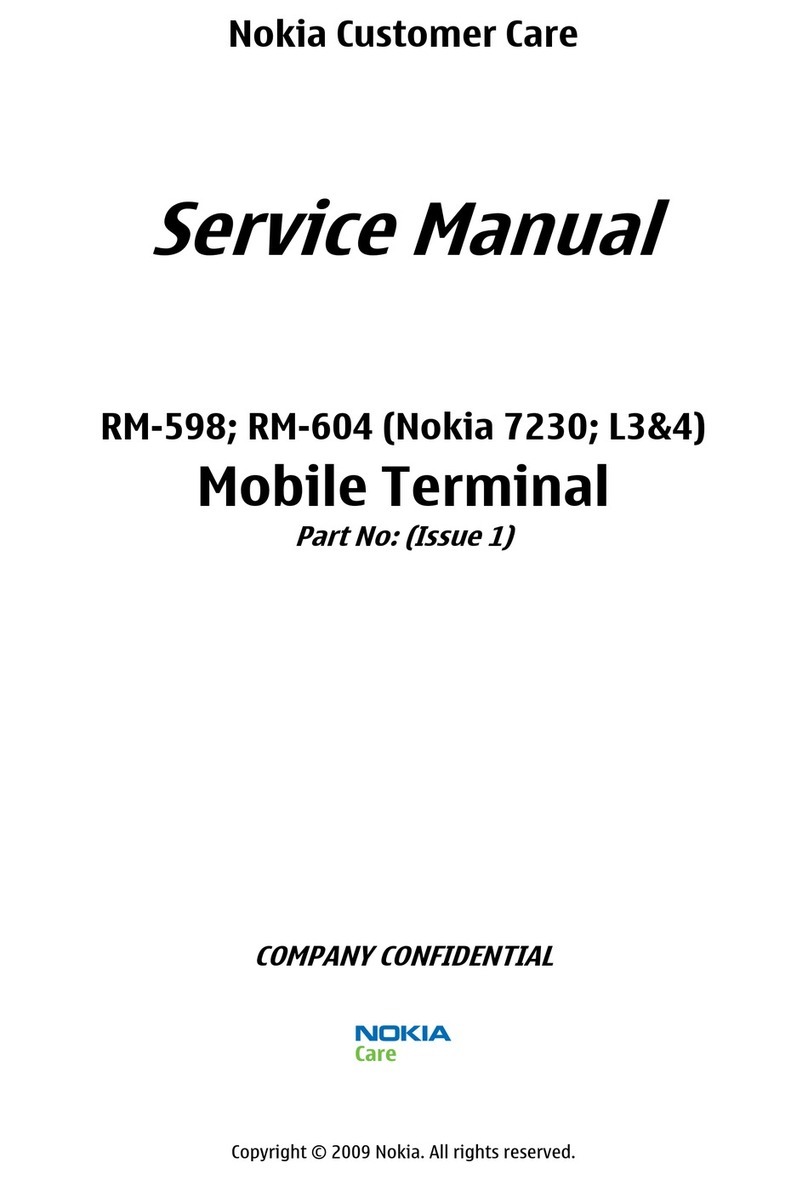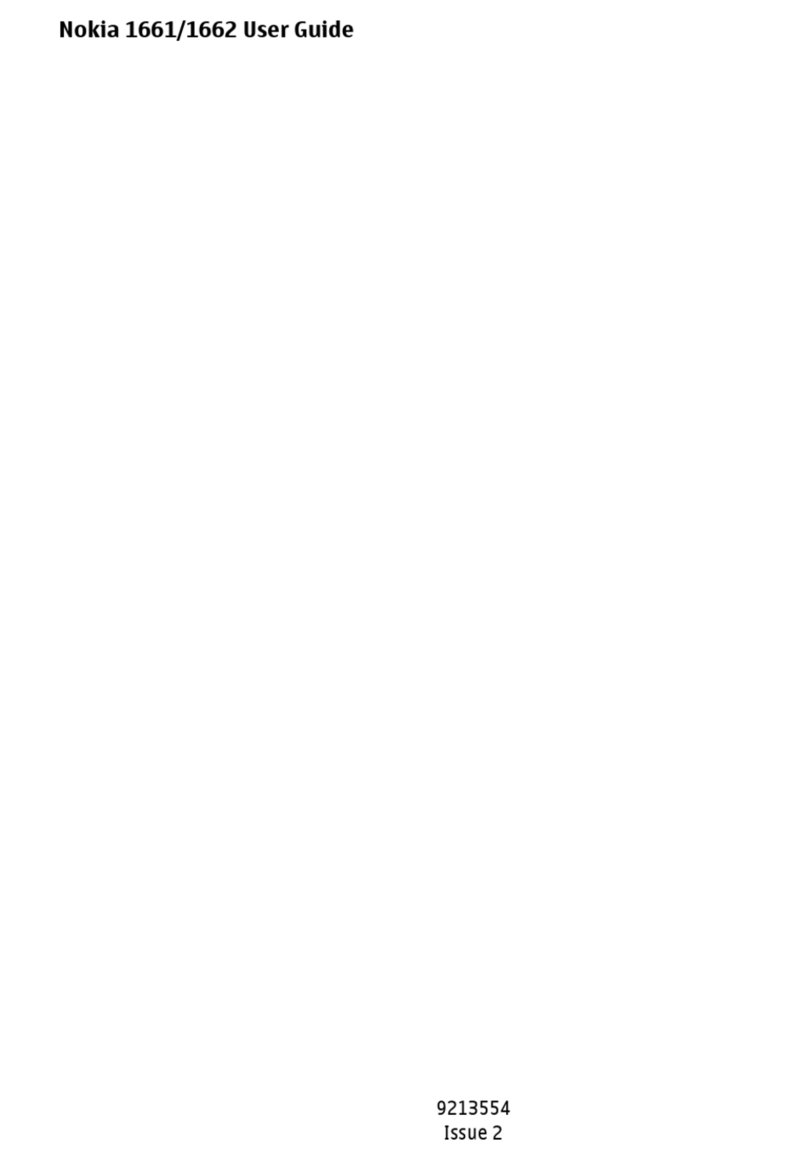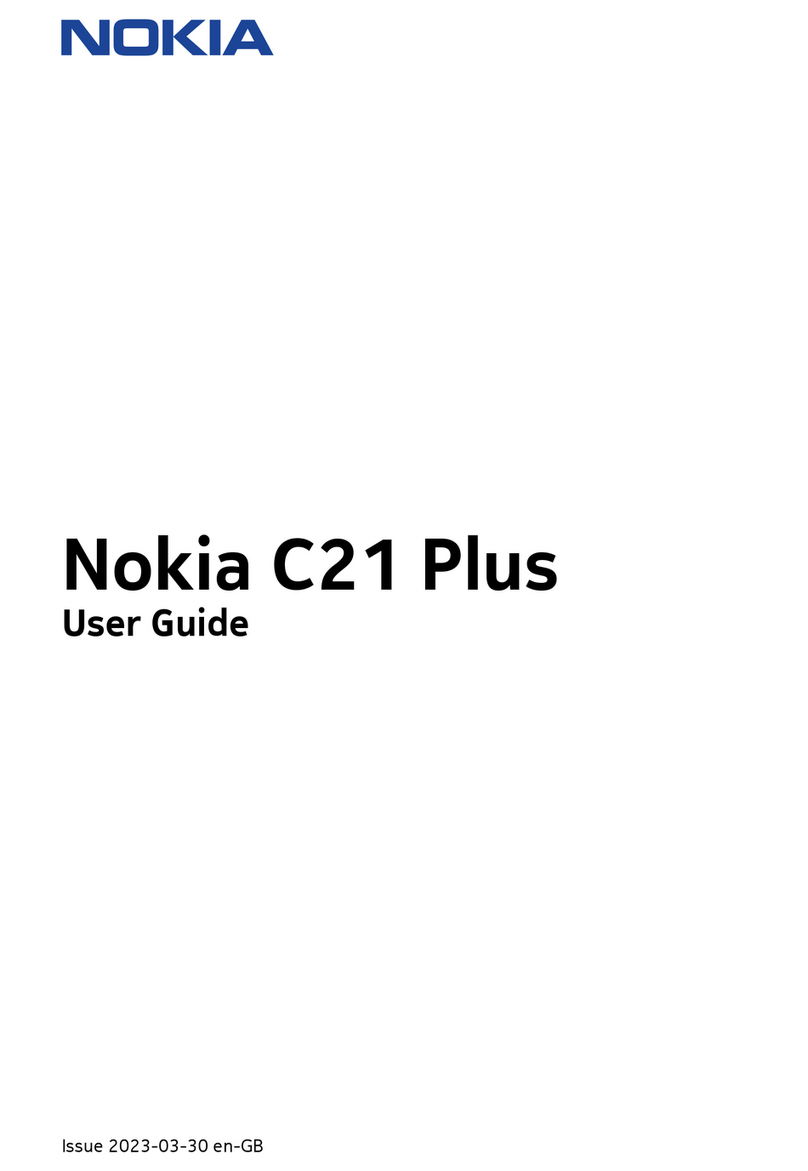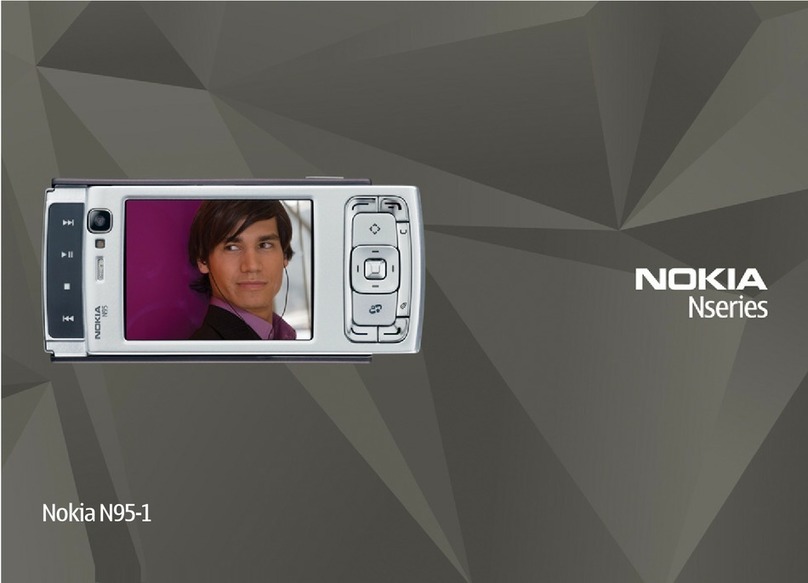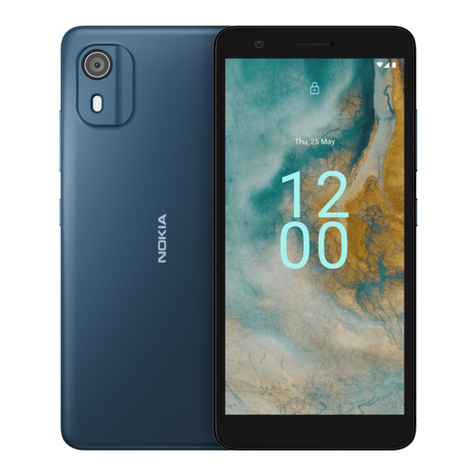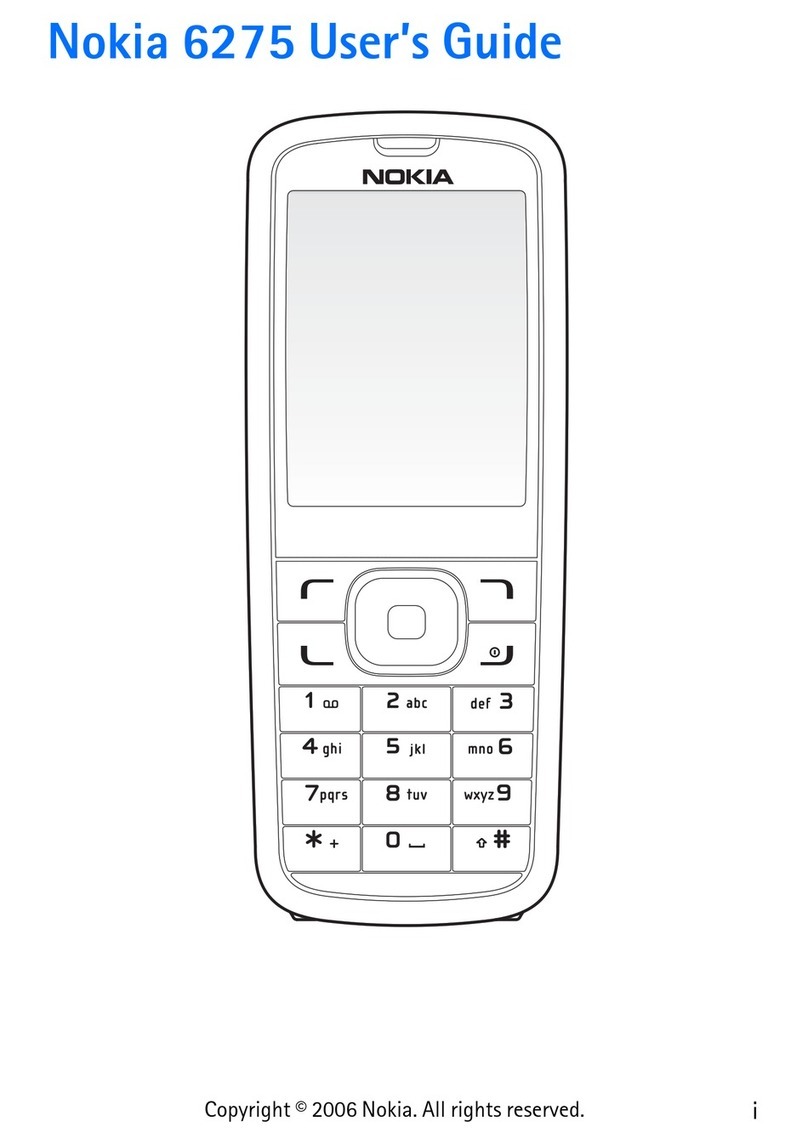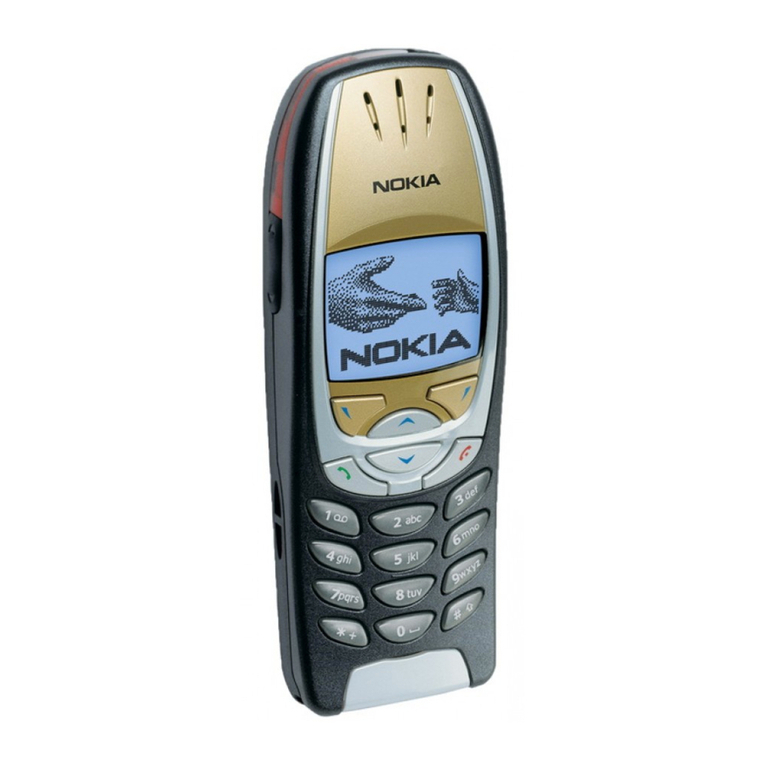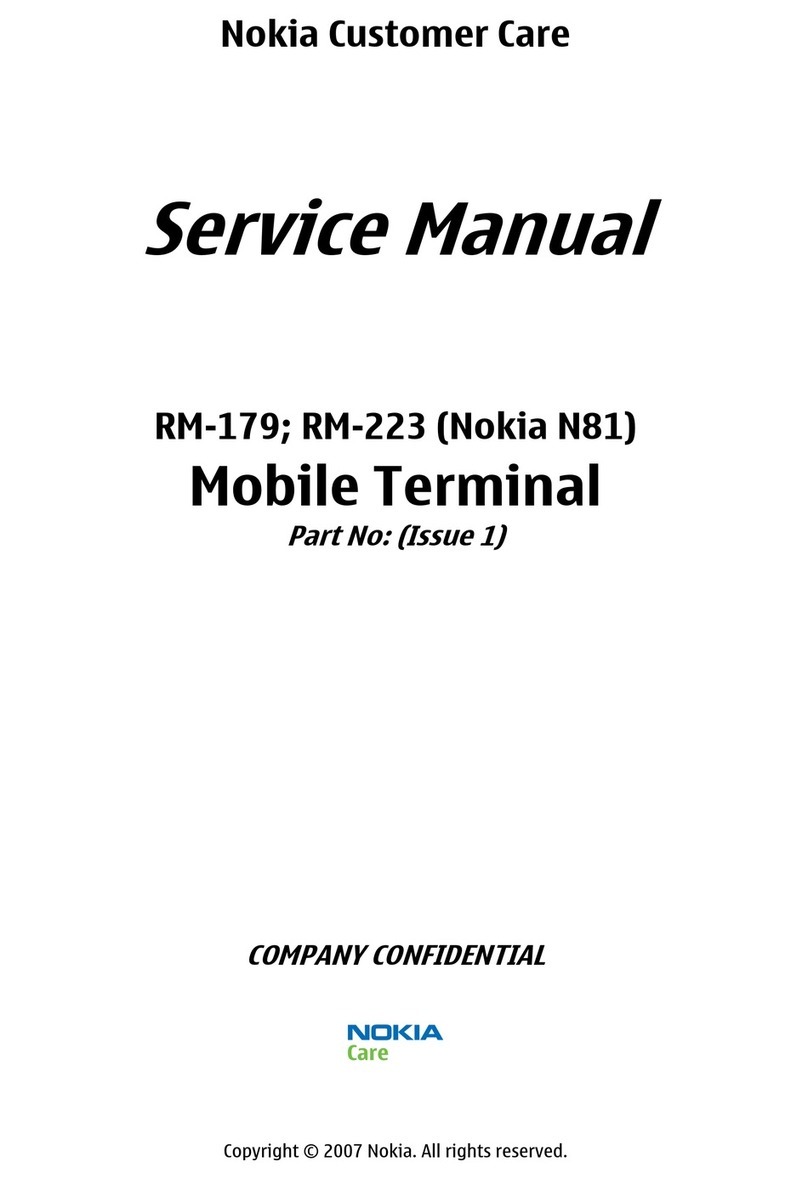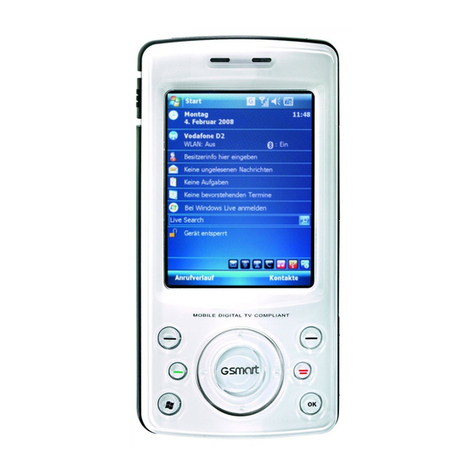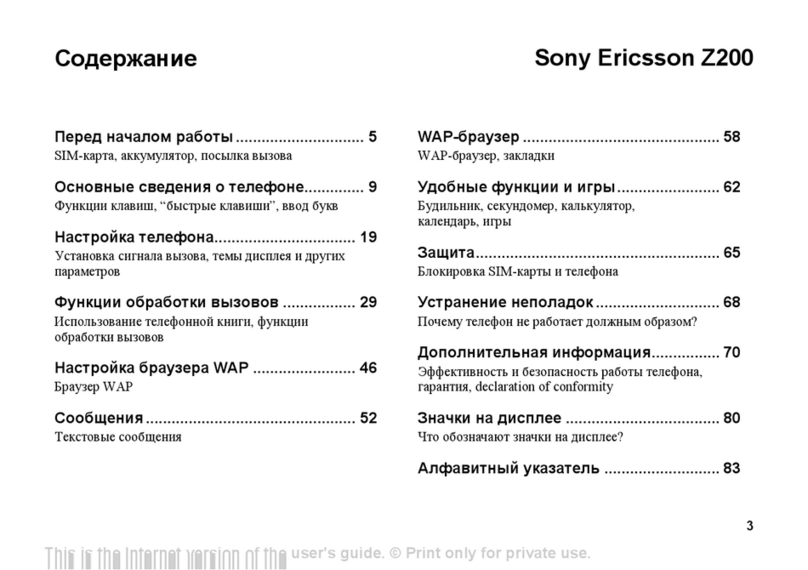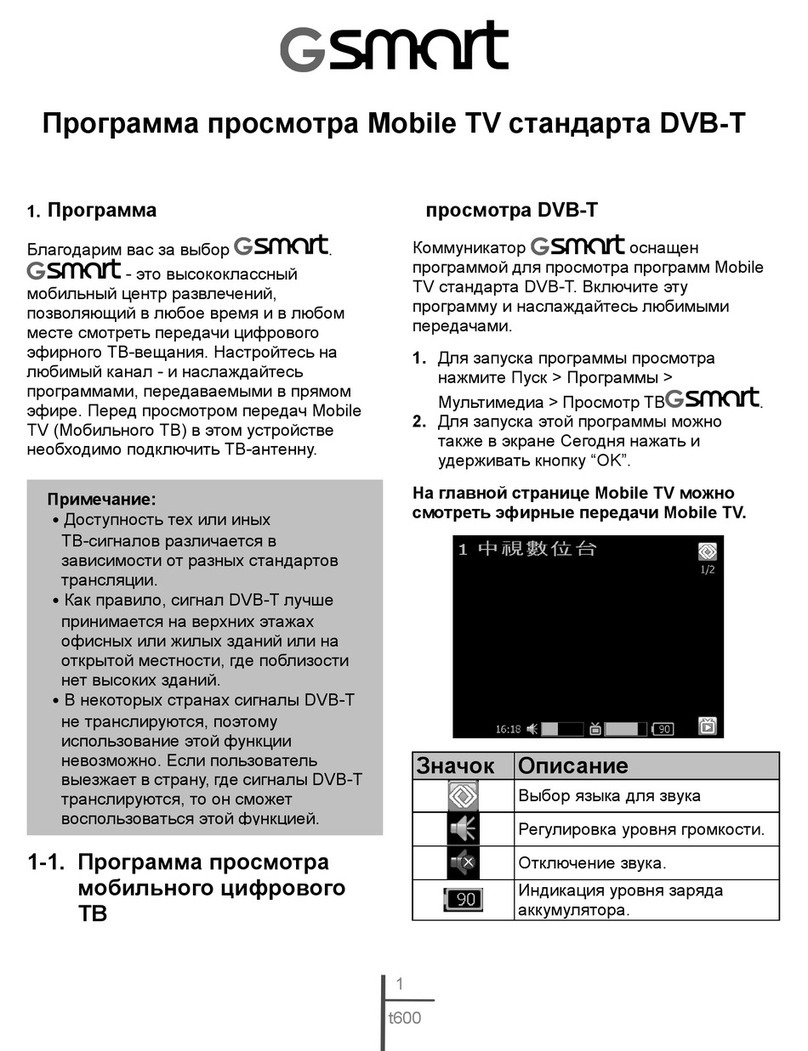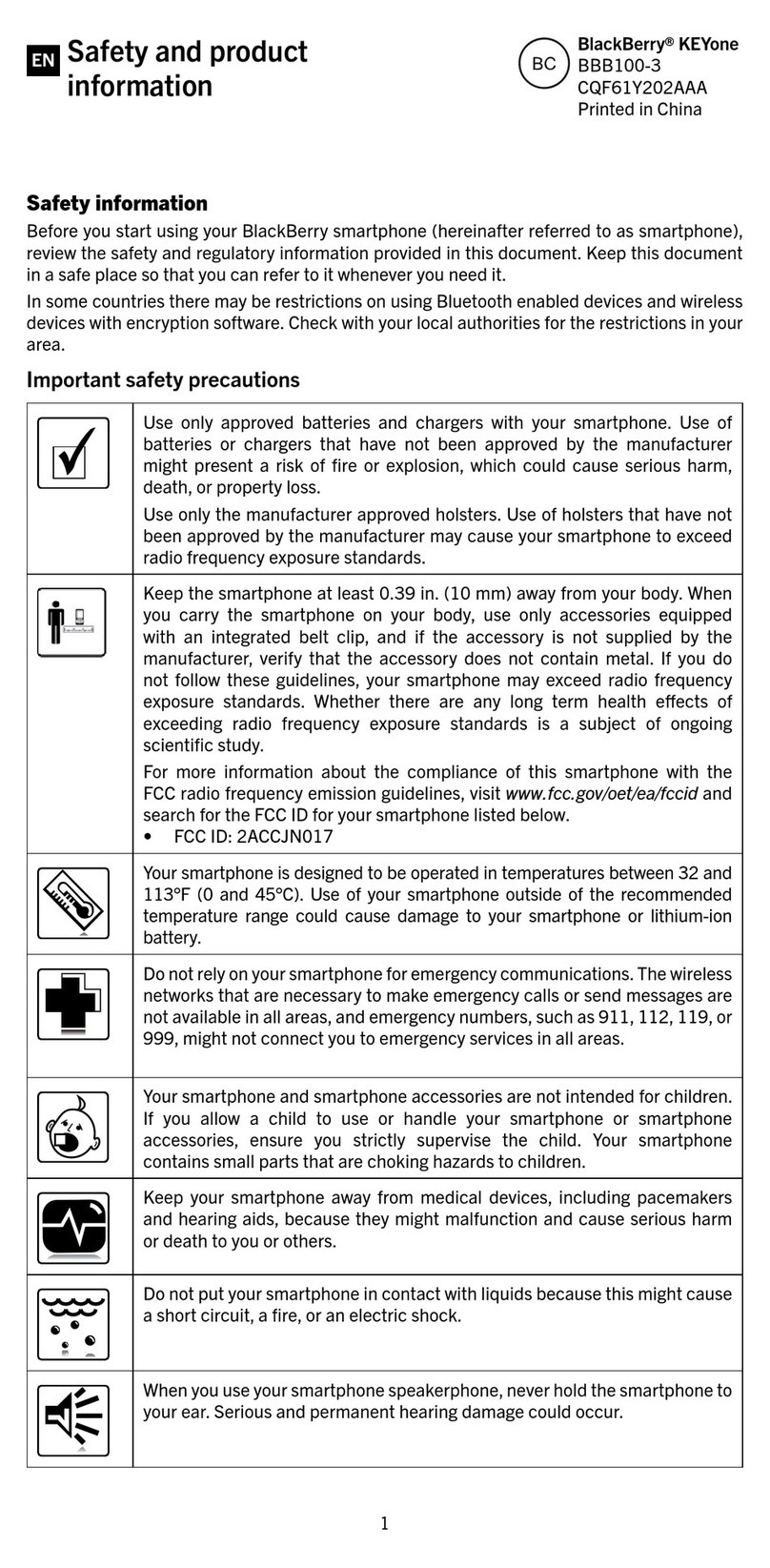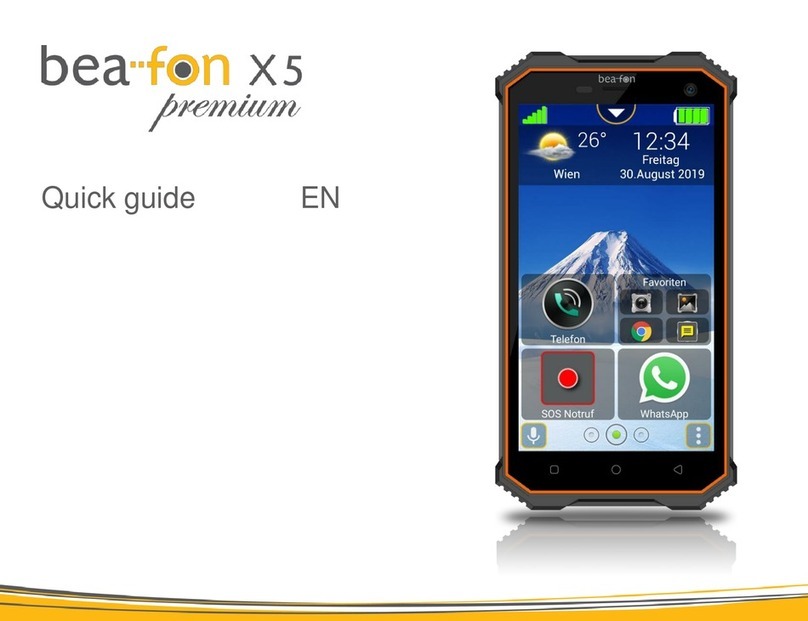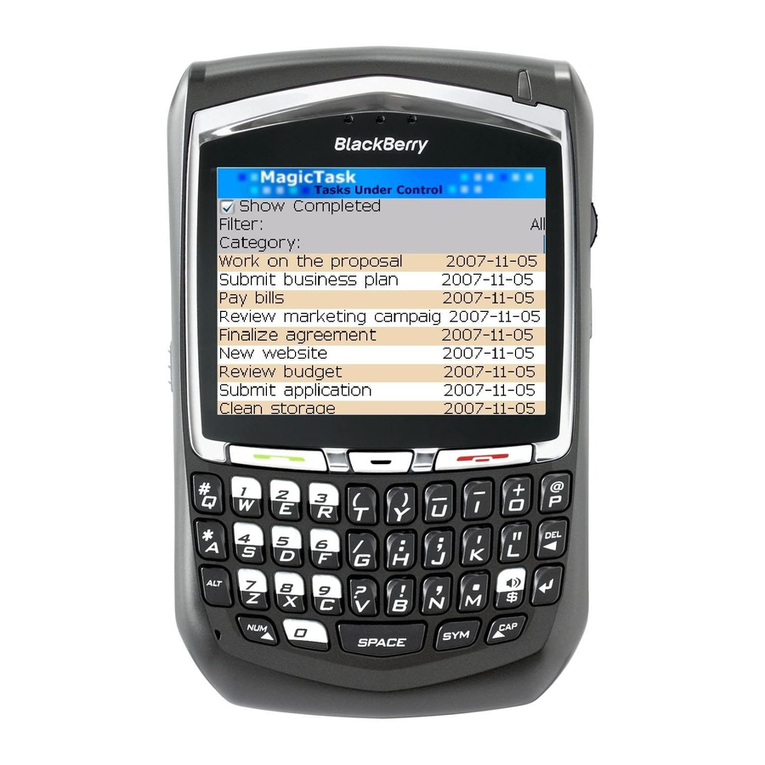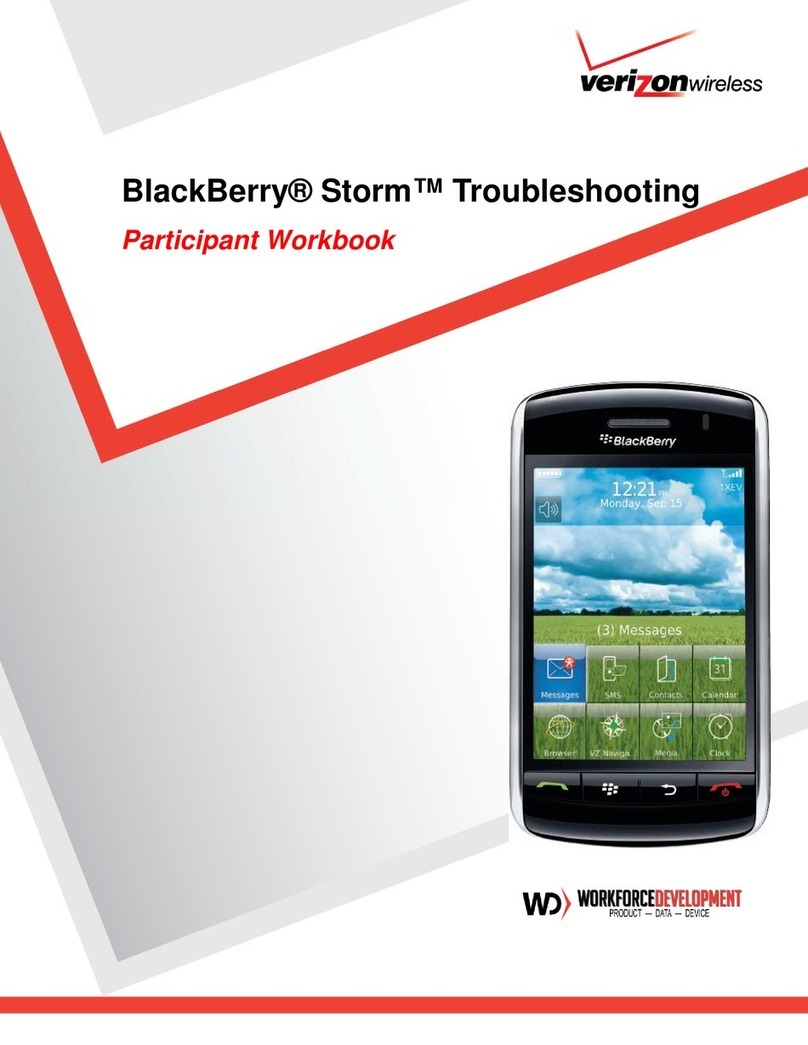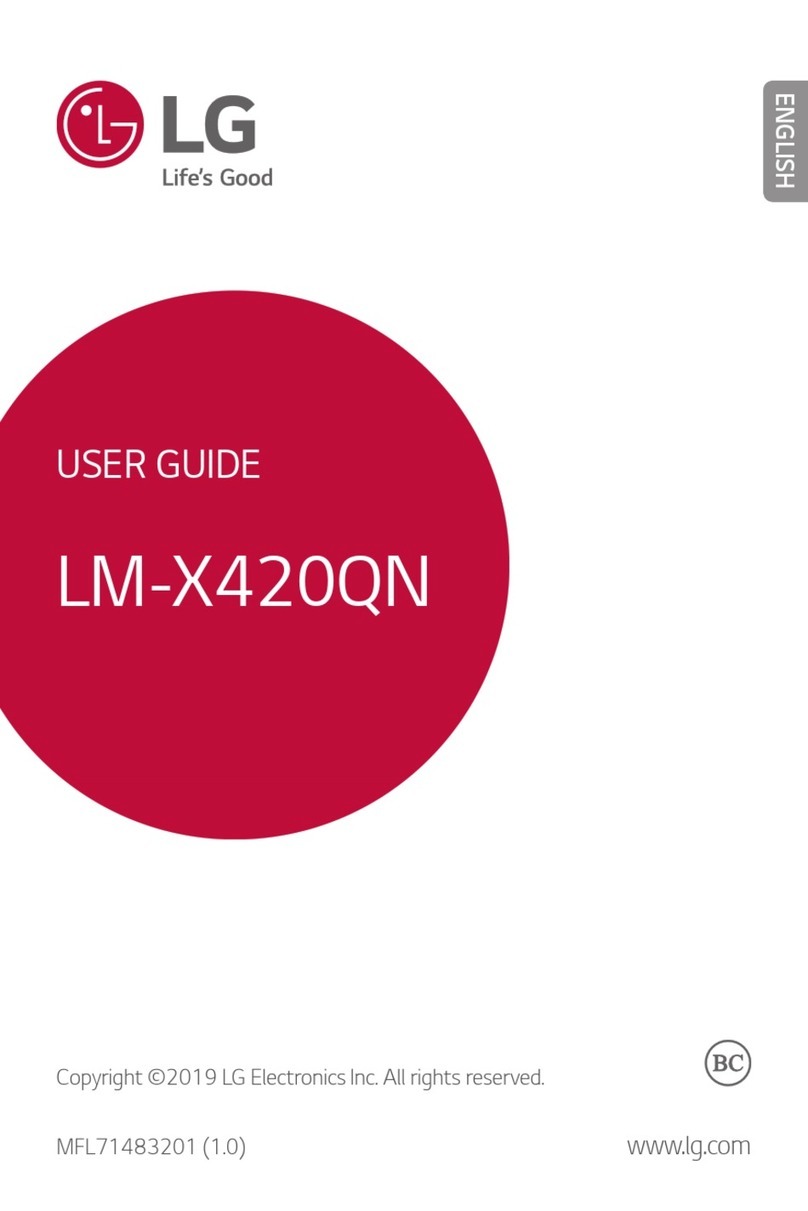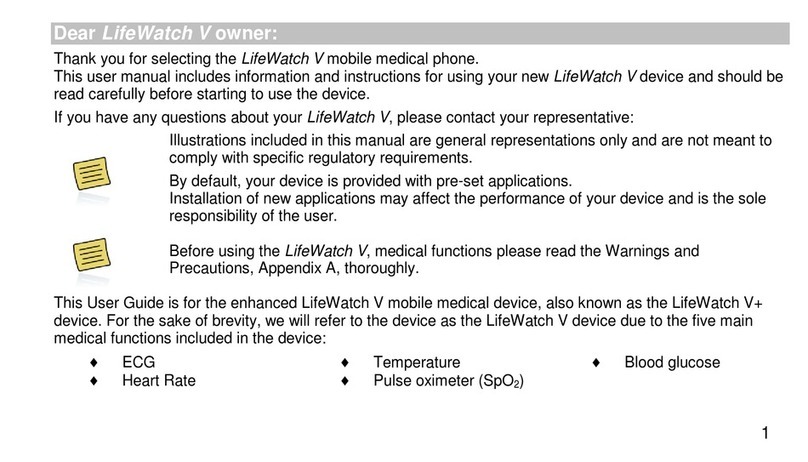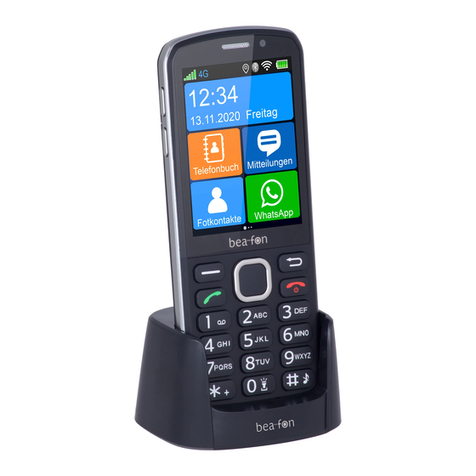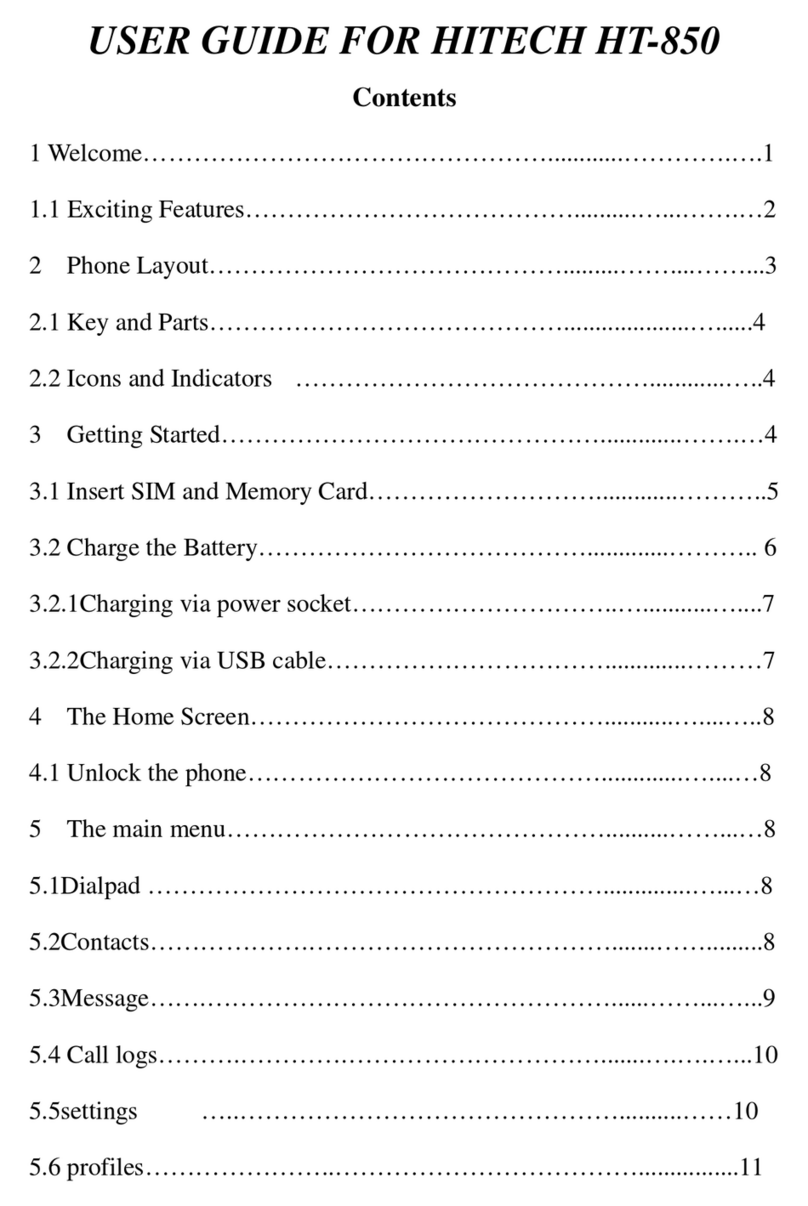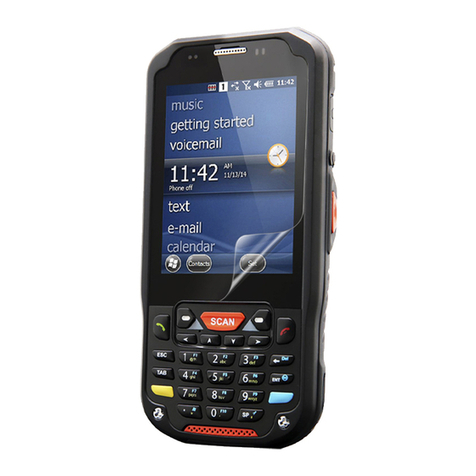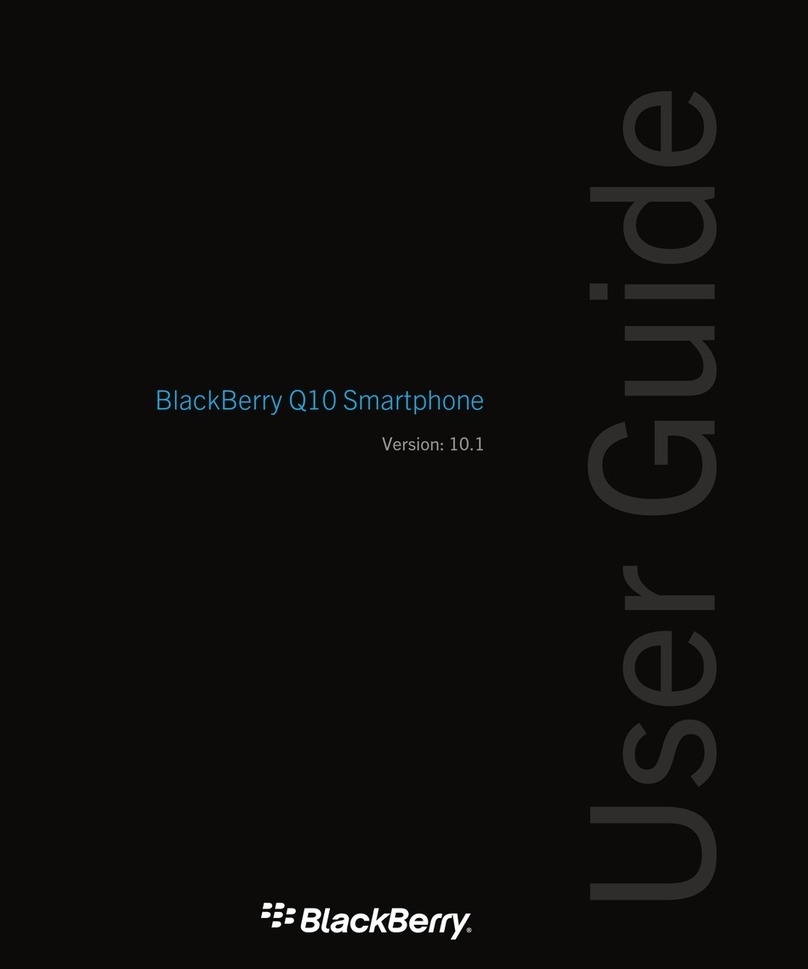
NHL-2NA CCS Technical Documentation
Page 2 ¤Nokia Corporation Issue 1 07/02
FBUS....................................................................................................................... 49
MBUS...................................................................................................................... 49
Hall sensor troubleshooting .......................................................................................50
Display backlights troubleshooting ...........................................................................51
Bluetooth troubleshooting .........................................................................................52
Needed actions if ASIC is changed.............................................................................. 54
UEM changed ............................................................................................................54
AEM changed ............................................................................................................54
UPP_WD2 changed ...................................................................................................54
Flash0 changed ..........................................................................................................54
RF component changed .............................................................................................54
Test points and pin orders............................................................................................ 55
Test points in BaseBand area (LG4_06_02) ..............................................................55
Connectors pin order ..................................................................................................57
UI-connector............................................................................................................ 57
Board to board connector........................................................................................ 59
Pin order of spring connectors ................................................................................ 59
RF Troubleshooting ....................................................................................................... 1
Introduction ..................................................................................................................1
RF Key component placement .....................................................................................2
Fault finding test point locations .................................................................................3
Receiver .......................................................................................................................4
General description ................................................................................................... 4
E-GSM900 ................................................................................................................ 5
GSM1800.................................................................................................................. 8
Picture of RX signal................................................................................................ 10
Transmitter .................................................................................................................11
General description ................................................................................................. 11
E-GSM900 .............................................................................................................. 12
GSM1800................................................................................................................ 13
Fault finding tree..................................................................................................... 14
Example of TX signals............................................................................................ 15
Common ....................................................................................................................17
Antenna switch control logic (reference Z672)....................................................... 17
VCTCXO (reference G591).................................................................................... 17
Frequency synthesizer............................................................................................. 18
HAGAR................................................................................................................... 21
PA and Antenna switch........................................................................................... 22
Receiver tunings ........................................................................................................23
RX Channel Select Filter Calibration...................................................................... 23
RX Calibration ...........................................................................................................24
RX Band Filter Response Compensation ..................................................................28
RX AM Suppression ..................................................................................................33
Transmitter Tunings ...................................................................................................36
TX I/Q Tuning......................................................................................................... 36
TX Power Level Tuning.......................................................................................... 38
Appendix...................................................................................................................... 43
Frequency mappings ..................................................................................................43

